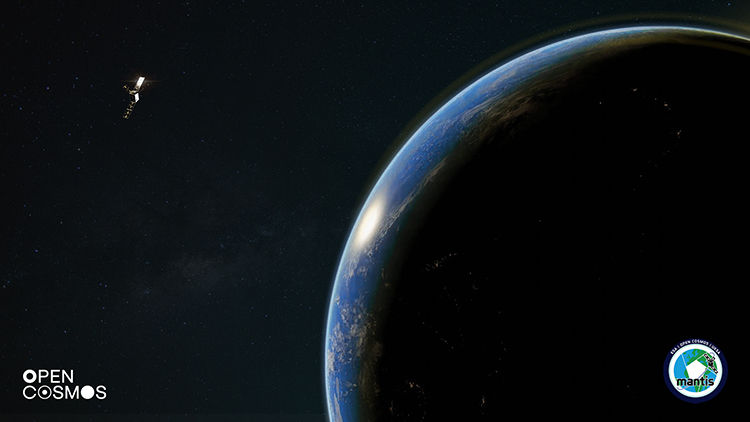Thuraya and eSAT Global announce satellite IoT breakthrough with, low-Latency messaging
- Satellite Evolution Group

- May 23, 2023
- 2 min read

Demonstration of low-power IoT messages’ transmission over Thuraya’s satellite network has been successfully accomplished.
This represents a major milestone in both companies’ plan to deliver affordable connectivity, underpinning their commitment to drive innovation in the IoT sector.
In a pivotal breakthrough in the on-going efforts to create a favourable framework for the next-generation Internet of Things (IoT) connectivity, Thuraya, Yahsat and eSAT Global announced that they have successfully completed an over-the-air demonstration of low-latency, direct-to-satellite IoT texting system by transmitting low-power IoT messages over Thuraya’s satellite network.
This milestone is the first of several milestones that Yahsat expects to achieve via its investment in eSAT Global and Thuraya’s agreement with the company to develop a next-generation IoT platform. eSAT was able to send and receive messages of lengths of up to 320 characters over the T2 satellite with less transmission power (< 200 microwatts) than that used by a typical car key fob. This means that only minimal power is needed to transmit long-distance messages. The demo showed stable operations for a range of configurations, including those with a fingernail-sized antenna. Other technologies, such as Narrowband-IoT (NB-IoT), consume more satellite transmit power and bandwidth for the provision of similar texting and messaging services. The reduced level of power and bandwidth consumption allow GEO-MSS satellite operators to regulate cost per message, generating significant savings for their customers, in comparison to other satellite-based messaging technologies. A further benefit of this approach is that very significant numbers of endpoint terminals can be simultaneously serviced under Thuraya’s coverage. The successful demo provides strong impetus to Thuraya’s and eSAT’s efforts to effectively utilize the resources of existing GEO-MSS satellites and thus unlocks a new avenue of revenue opportunities for satellite operators in the IoT and texting markets.



Comments